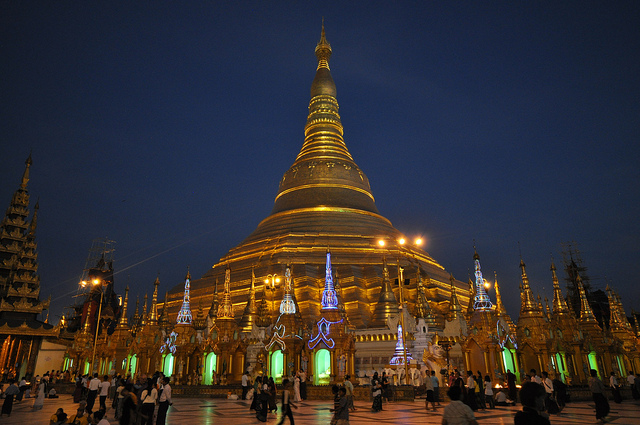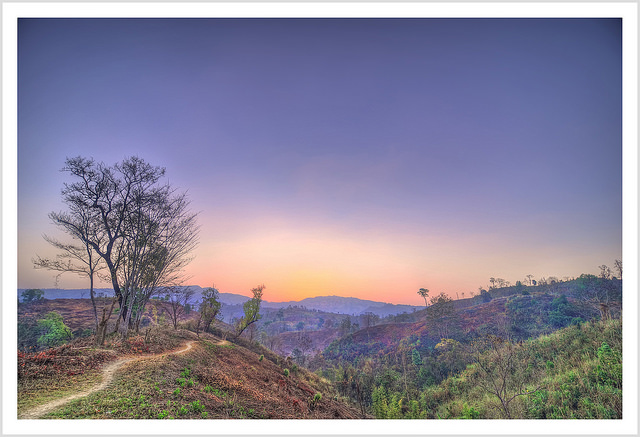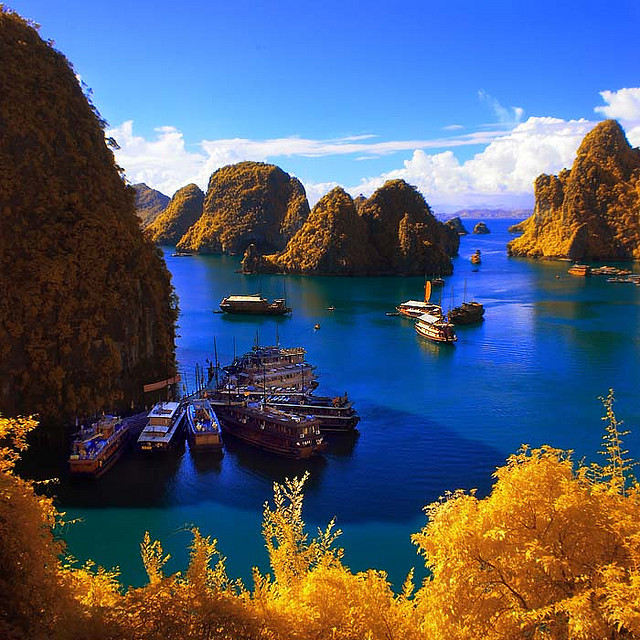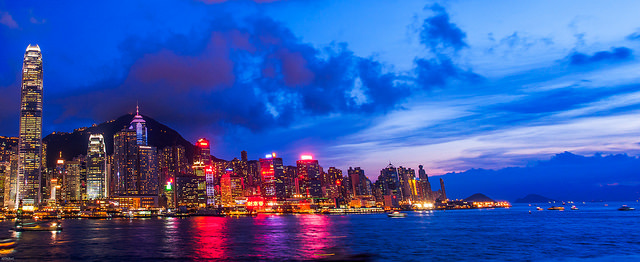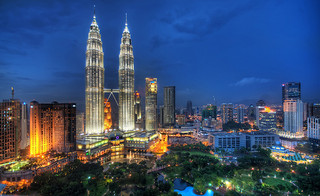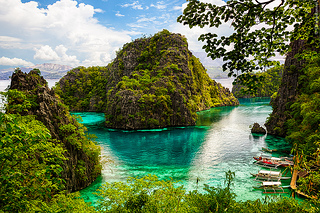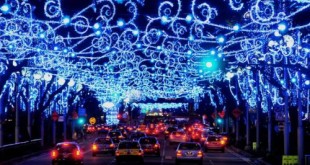Lao PDR celebrates most of its public holidays as homage to the achievements and accomplishments of the ruling single-party socialists. In fact, only the New Year’s Day and Laotian Songkran are non-civic events while the rest are of nationalist/socialist nature. (It has to be noted, however, that many other Buddhist festivals are widely celebrated albeit not exactly acknowledged as non-working holidays, in keeping with a socialist party’s view against religion.)
Laos has seen tremendous growth in its tourism sector over the last 10 years, as most people find living and traveling in Laos laidback. They also find Laos still retains the charm of “lost Asia” that could no longer be experienced elsewhere.
If you do find yourself wandering the Indo-China region where Laos belongs, plan your trip around Laos public holidays 2014 to avoid inconvenience (as government offices close on public holidays).
New Year’s Day – Wednesday, 1 January 2014
The start of the Gregorian calendar is celebrated in Laos, albeit in a smaller scale compared to countries using the Western calendar.
Pathet Lao Day – Monday, 6 January 2014
The Pathet Lao (the communist party of Laos) won against the royalist government which was eventually toppled in 1975 after years of Civil War.
Army Day – Monday, 20 January 2014
On this day in 1949, the Lao’s People’s Army was established. Members of the Armed Forces take part in wreath-laying celebrations and commemorative ceremonies recalling the bravery of those who fought in Lao’s Secret War (with the United States) at the height of another war in Vietnam.
International Women’s Day – Saturday, March 8 2014
Laos celebrates and honors the contributions of women on this day.
Day of the People’s Party – Saturday, 22 March 2014
As a communist country, Laos public holidays celebrate the victories of the Lao People’s Revolutionary Party, and this day is no different. Celebrations center around military parades in the capital, Vientiane.
Lao New Year (Songkran) – Monday to Wednesday, 14 to 16 April 2014
Also known as Pii Mai, Songkran (from the same Sanskrit word that Thailand’s version was derived) is one of the busiest festivals in Laos. On the last day of the year, people clean up their homes and prepare festival effects like water, perfume and flowers. The New Year celebrations start in earnest on the third day, which is considered the official first day of the year. On this day, young people respectfully bless their elders with water, and then sprinkle monks with water for lifelong blessings, and finally, douse each other with water in the tradition of Thailand’s more popular Songkran. Water is also used by the elderly to bathe the Buddhas and clean homes. As of late, Laotians have started using whipped cream (and even shaving cream) or anything perfumed to throw at each other during the Lao New Year.
Check out the best hotel offers for Laos here.
Labor Day – Thursday, 1 May 2014
As a communist country, the Lao government pays its respects and tributes to workers and laborers who are the backbone of the social and economic progress of the society.
Children’s Day – Sunday, 1 June 2014
Lao children are given special tribute on this day. The liveliest events take place at schools where children take part in parades and fairs, parties and dance contests, and receive gifts from teachers and parents on their special day, which also marks the end of school (and starts again in September).
Day of the Free Laos – Wednesday, 13 August 2014
The Issara were valiant but non-communist freedom fighters who fought against the restoration of French colonial rule in 1945. They won independence for Laos after the Japanese surrender on August 15, 1945, and filled the power vacuum that was left by the ruling monarch who was ousted from his throne by the supporters of the movement.
Day of Liberation – Sunday, 12 October 2014
On this day in 1975, the Pathet Lao gained victory over the royalist, Western-backed government, which also ended 600 years of control by French monarchy.
Lao National Day – Tuesday, 2 December 2014
After the Pathet Lao won, the Lao PDR was established. To commemorate this event, there are parades and cultural performances at the That Luang Temple, and military parades with red Hammer and Sickle flags prominently displayed.
